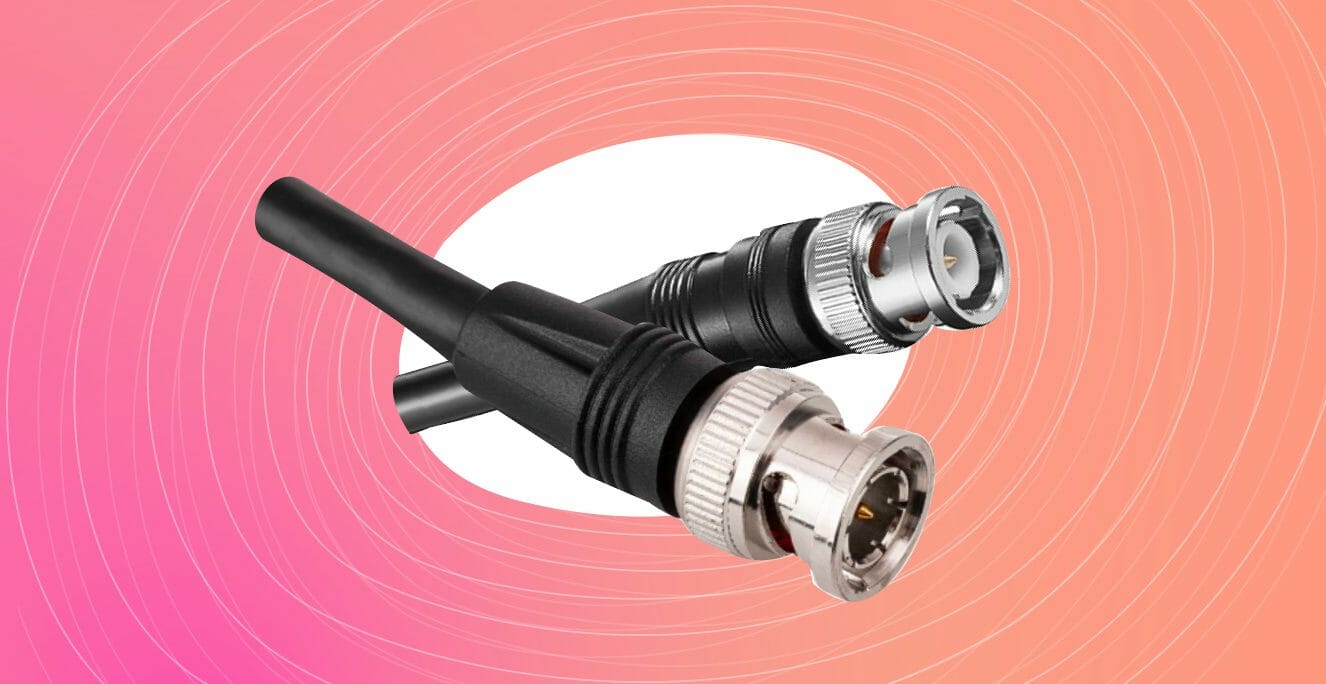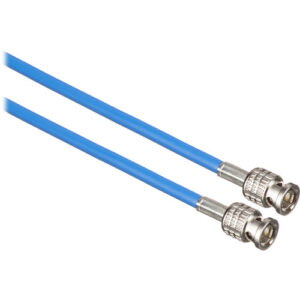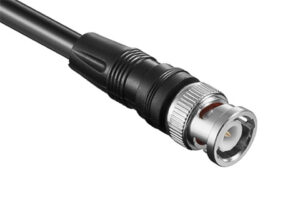What is the Difference Between SDI and HDMI? A Serial Digital Interface Comparison
Introduction to digital video networks: SDI and HDMI
In the world of digital video, clear and high-quality transmissions are key. For commercial broadcasting or home entertainment, the choice of interface has a significant impact on the quality of the final video. The two main players in this segment are Serial Digital Interface (SDI) and High-Definition Multimedia Interface (HDMI). Let’s dive in with an introductory review of this technology.
SDI: The Scholar’s Choice
Especially in professional video, SDI stands out for its robustness and reliability. It was designed for the field ministry and is designed to transmit uncompressed digital video signals. SDI supports longer cable lengths, making it ideal for live events, television studios and post-production homes. It’s all about maintaining continuous peak video quality.
HDMI: Bridging the home and professional world
However, HDMI is ubiquitous in consumer electronics. From TVs and gaming consoles to projectors, this is the go-to for most consumers. HDMI not only delivers high-definition video but also controls audio, combining the two into a single cable. Its ease of use and support for attractive signage have allowed it to fit into a number of marketing systems.
Background and Technology Overview
In the digital video world, two primary interface technologies dominate: the Serial Digital Interface (SDI) and the High-Definition Multimedia Interface (HDMI). Both have unique origins, features, and common usage areas. Let’s delve into a straightforward understanding of these technologies.
SDI Technology: The Backbone of Professional Video
The Serial Digital Interface, or SDI, came into existence in the mid-1980s. Developed by a consortium of major broadcast organizations, it aimed to accommodate the growing demand for a standardized, reliable means to transmit high-quality and uncompressed video signals.
- Origin and Evolution: SDI was born out of professional requirements and has evolved significantly over the years. From the initial Standard-Definition SDI to the latest 12G-SDI, it has continually adapted to support increasing data rates and resolutions, such as 4K and 8K.
- Primary Use: The strength of SDI lies in its robustness and ability to sustain video quality over long distances. It’s a common choice in broadcasting stations, professional studios, live events, and other areas requiring reliable, high-quality video transmission.
HDMI Technology: Powering Consumer Electronics
On the other side of the coin is HDMI, a more recent addition to the digital video interface arena. Although it caters primarily to consumer electronics, it offers some features that have also caught the attention of professionals.
- Introduction and Adoption: HDMI was introduced in the early 2000s by a group of major electronics manufacturers. Its goal was to simplify wiring for consumer electronics by combining audio and video signals in a single cable.
- Key Features: HDMI supports both compressed and uncompressed digital video and audio signals. It’s also user-friendly and supports high-definition formats, including 4K and HDR. This
wide-ranging compatibility has led to HDMI being incorporated into a staggering variety of devices, from televisions and Blu-ray players to game consoles and computers.
Technical Specifications
Understanding the technical specifications of Serial Digital Interface (SDI) and High-Definition Multimedia Interface (HDMI) can guide users in selecting the appropriate technology for their digital video applications. Let’s dissect the core specifications such as signal type, resolution, frame rate, cable length, and reliability.
Signal Type
- SDI:
- Focuses on transmitting uncompressed, high-quality digital video signals.
- Primarily used for professional applications where maintaining signal integrity is crucial.
- HDMI:
- Capable of transmitting both digital video and audio signals through a single cable.
- Supports uncompressed as well as compressed signals, making it versatile for various consumer electronics applications.
Resolution and Frame Rate
Both SDI and HDMI support high-definition video, but they cater to different needs when it comes to resolution and frame rate.
- SDI:
- Advanced versions (like 6G-SDI and 12G-SDI) handle up to 4K resolution at 60 frames per second (fps).
- Primarily used in settings where precise, high-fidelity video is necessary.
- HDMI:
- HDMI 2.0 and beyond can support 4K resolution at 60fps, and HDMI 2.1 increases this capability to 8K at 60fps or 4K at 120fps.
- Ideal for consumer electronics that require high resolution and varying frame rates.
Cable Length and Reliability
The choice between SDI and HDMI may also depend on the required cable length and the need for signal reliability in different settings.
- SDI:
- Known for its ability to transmit signals over long distances without quality loss. Distances can span up to 300 meters (about 984 feet) using high-quality coaxial cables.
- Its robust signal transmission is preferred for live productions and professional video applications.
- HDMI:
- Typically used for shorter distances, optimal cable length is usually up to 5 meters (about 16 feet) without needing signal boosters.
- Longer cables can be used but might require signal amplification or active cables to maintain signal integrity.
The choice between SDI and HDMI hinges upon specific project requirements such as signal type, desired resolution, and the necessary cable length for reliable transmission. While SDI shines in professional settings that demand uncompromised video quality over longer distances, HDMI provides a versatile solution for both audio and video in consumer electronics, albeit over shorter distances.
Connectivity and Use Cases
An immediate distinction between Serial Digital Interface (SDI) and High-Definition Multimedia Interface (HDMI) is their connectivity options and targeted use cases. From professional equipment to consumer electronics, the connector type and the environment in which the technology is utilized play significant roles in determining the choice between SDI and HDMI.
Connectivity Options
- SDI:
- SDI interfaces predominantly use BNC connectors, recognized for their secure physical connections.
- These connectors are specifically designed to handle the high data rates of SDI signals.
- Compatibility is mainly with professional-grade equipment such as video cameras, broadcast switchers, and monitors.
- HDMI:
- HDMI utilizes a type of connector that provides an easy and secure connection for both audio and video signals in a single cable.
- It’s found in a wide array of consumer electronics as well as some professional devices, including televisions, game consoles, streaming devices, cameras, and computers.
Professional vs. Consumer Use Cases
The choice between SDI and HDMI often boils down to the use case: Is the application professional or consumer-oriented?
- SDI:
- Apt for professional video industries where reliability, quality, and distance are paramount.
- Ideal for locations like broadcasting stations, live event venues, and production studios, where signals need to travel over long distances without degradation.
- HDMI:
- A go-to interface for consumer electronics due to its user-friendly nature and capability to transmit high-definition audio-video signals.
- Superior for connecting devices within a small area, such as a living room or home office. It’s also becoming increasingly popular for professional AV installations where the devices are in close proximity.
The decision between SD+I and HDMI is significantly influenced by the intended use and connectivity requirements. By understanding these technologies’ strengths, individuals and organizations can make informed decisions that align with their specific needs.
Considerations for long-term infrastructure investments
Business planning
- SDI: 1 .
○ Its ability to transmit over long distances without signal loss makes SDI desirable for large areas and commercial broadcast centers.
○ The scalability of SDI programs allows for incremental changes, and can reduce immediate economic impact compared to a complete program overhaul.
- HDMI:
○ Although HDMI provides flexibility and broad compatibility with a range of customer devices and business applications, its optimal short band length and susceptibility to electrical interference may limit its scope in business applications in
○ Investments in HDMI systems are usually appropriate for smaller systems or environments where high-definition audio and video must be transmitted over long distances.
Key Takeaways
- Future-Proofing:
- Both SDI and HDMI are adapting to support higher video qualities like 8K, ensuring they remain relevant as technology advances.
- SDI offers robustness and reliability for professional use, especially where long cable runs are required.
- HDMI provides versatility and widespread compatibility, particularly in consumer electronics and areas with shorter transmission distances.
- Scalability:
- For industries looking to invest in video infrastructure, considering the scalability offered by SDI might provide a more cost-effective solution for long-term upgrades and expansions.
- HDMI’s easier upgrading path may be more suited for consumer applications or professional settings with lower scalability requirements.
Cost Implications
When setting up video systems, whether for professional video production or consumer home theater systems, understanding the cost implications associated with Serial Digital Interface (SDI) and High-Definition Multimedia Interface (HDMI) is crucial. These two technologies cater to distinctly different markets and applications, thus carrying varying cost structures and maintenance needs.
SDI vs. HDMI: Initial Setup and Maintenance
SDI
- Implementation Costs: Typically, SDI is found in professional environments. The initial setup costs are higher due to the robust nature of the equipment required, such as cameras, switchers, and converters that support SDI standards like 3G-SDI, 6G-SDI, or 12G-SDI. These standards reflect SDI’s compatibility with increasingly high-definition video signals.
- Maintenance: SDI systems, given their professional usage, are built for durability and long-term performance. Maintenance costs may be higher but are offset by reliability and the ability to transmit over long distances without signal degradation.
HDMI
- Setup Costs: HDMI is prevalent in consumer electronics and home entertainment systems, making it a more cost-effective option for those applications. Devices supporting HDMI 2.1, the latest standard, allow for 4K and 8K video transmission and are widely available at various price points.
- Maintenance: Given its widespread use in consumer goods, HDMI devices and cables are easily replaceable, keeping maintenance costs lower. However, the durability and long cable runs typical of professional setups are not HDMI’s strongest points.
The key differences between SDI and HDMI revolve primarily around their intended uses, with SDI catering to professional, high-demand video production environments and HDMI catering to customers’ home entertainment needs
- SDI is suitable for situations requiring high reliability, long operating times and large distances between devices. Its high start-up and maintenance costs are justified by its performance and durability under commercial conditions.
- HDMI, on the other hand, provides an inexpensive, easy-to-use way to connect high-definition audio and video devices to a home system. It is the go-to option for consumers looking for ease of use and ease of maintenance.
Understanding these differences is important when planning professional video production or installing home entertainment systems. By analyzing a video system’s specific needs, budget constraints, and long-term goals, individuals and organizations can make informed decisions that improve efficiency, cost effectiveness, and future viability the right way.



